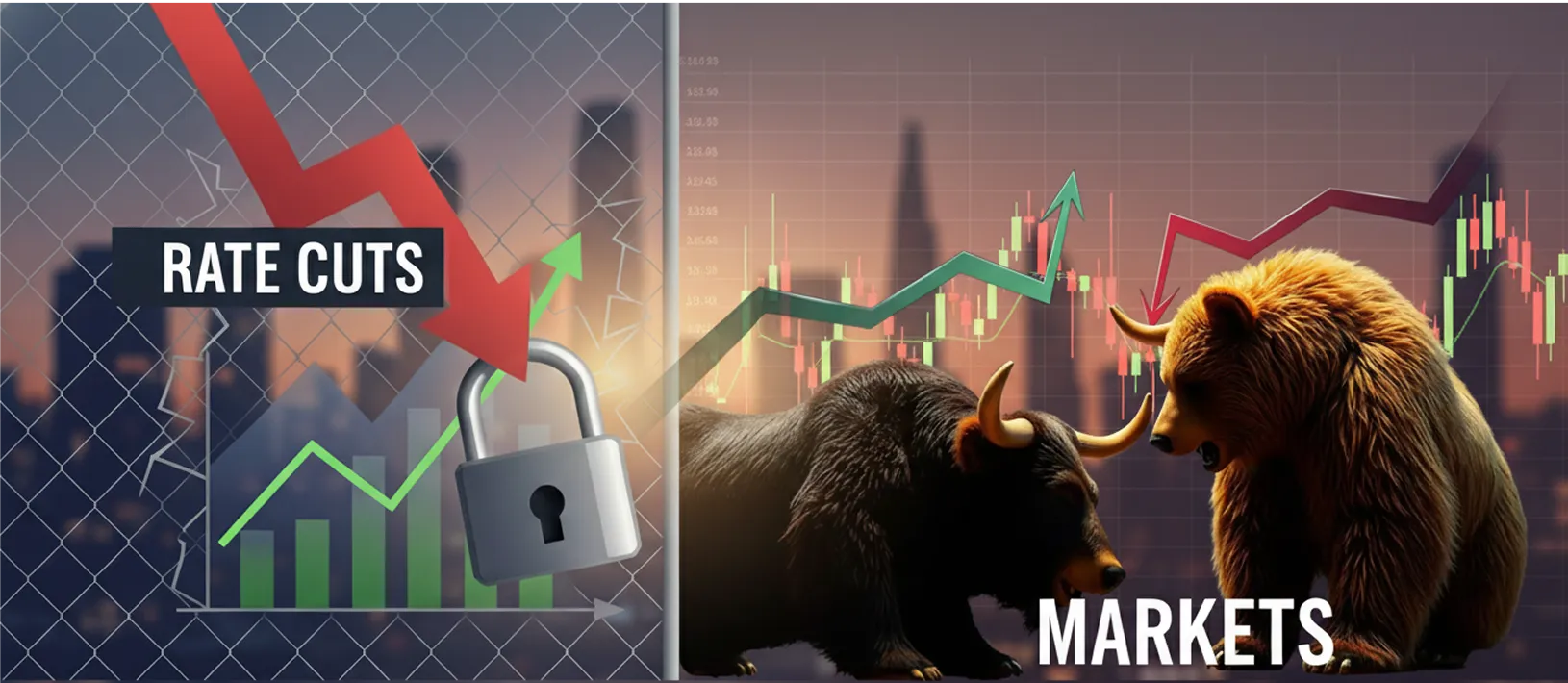We like to think we make investment decisions rationally. Charts, data, strategy, it’s all logical, right? But the truth is, what drives many of our financial choices isn’t spreadsheets. It’s emotion, especially the fear of loss.
In Freakonomics, the authors explore how people’s behavior is shaped by incentives. One example revolves around teacher incentives. The study used two incentives. In one scenario teachers were promised a bonus if they managed to improve student performance. In the second scenario they were given a bonus in advance but would have to return the bonus if student performance did not improve.The study found that the teachers in the second method were able to deliver better results than the teachers in the second.
This flips traditional incentive design on its head and points directly to a deeper behavioral insight known as loss aversion. The idea is simple: we hate losing more than we enjoy winning.
An example of this often happens to companies. For instance, companies such as Blockbuster or Kodak were industry leaders and looked almost infallible. However, they failed to change with the times and keep up with the competition. They instead focused on maintaining their current status and not losing their market share. Hence, they stayed the same even as the competition innovated as they did not want to lose what they had only to lose in the future.
Loss aversion is a core idea in Prospect Theory, a behavioral economics framework developed by Daniel Kahneman and Amos Tversky. It suggests that people don’t evaluate outcomes in absolute terms, but rather as gains or losses relative to a reference point. And critically we tend to weigh losses twice as heavily as equivalent gains.
That’s why the teachers in the Freakonomics example performed better when their bonus was at stake and they were at risk of losing the bonus, rather than when they were promised the bonus later. Now, think about how this applies to your investments.
Why Investors Hold on Too Long
You see this play out in all kinds of ways.
Investors often cling to underperforming stocks or funds, not because of logic, but because selling would mean admitting a “loss.” It feels like failure even if keeping the asset means further damage.
We panic and exit too quickly after a rough year in the markets, instead of giving it time to recover. Or we go all in on “safe” instruments not because they align with our goals, but because they feel less risky on the surface. Sometimes we stick with outdated portfolio allocations, even when we know the growth story is weakening, simply because we’re afraid the “new thing” might fail too.
That emotional resistance is classic loss aversion. We’d rather freeze and hope than take the short-term discomfort of letting go and moving on. All of these aren’t strategies, they're symptoms. And the root cause is usually the same: a fear of loss overpowering the logic of long-term growth.
How to Invest Smarter
- Have a clear objective on why you invested: Every investment should start with a purpose: funding retirement, buying a house, or generating income. Only consider selling when that original “why” changes not just because the market moves.
- Use data, not memory: Past performance doesn’t guarantee future results. Avoid making decisions based on nostalgia or past regret. Rely on analysis, not anecdotes.
- Diversify with intention: Don’t put all your emotional weight and money into one asset. A diversified portfolio gives you breathing room to make better decisions.
- Review, not regret: Monitor your portfolio with discipline, not obsession. Don't let every dip shake your resolve. Reflect and rebalance instead of reacting.
Final Thought: More Fearful of Losing Than Excited to Win?
In investing, the costliest decisions are often the ones we don’t make because we’re afraid of losing. But as Prospect Theory and behavioral research suggest, fear is not a great financial advisor. Of course this does not mean that every risk is worth taking, or protecting your current capital is a flawed strategy. What this means is that it is important for us to know the “why” behind our investment choices.
So the next time you hesitate to act, ask yourself: Am I protecting my portfolio or just my pride?
Because in the long run, successful investors aren’t the ones who never lose. They’re the ones who know when to let go.
.png)











.svg)
.webp)
.svg)
.svg)
.svg)
.svg)